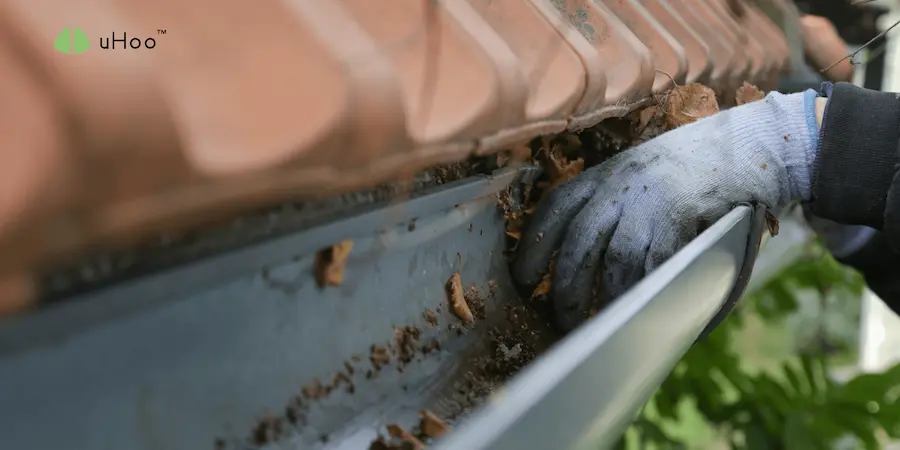Gutters are a vital part of any home’s drainage system, designed to efficiently channel rainwater away from the foundation. However, when gutters become clogged with leaves, debris, and other obstructions, they can no longer fulfill this crucial function. This blockage can have a significant and detrimental impact on your home’s indoor humidity levels.
When gutters are clogged, rainwater cannot flow freely through the downspouts. This leads to a buildup of water in the gutters, which can eventually overflow. This overflow can have several negative consequences.
First of all, overflowing water seeps into the soil surrounding your home’s foundation, saturating the ground. This excess moisture can then seep into your basement or crawl space, significantly increasing humidity levels within your home. Prolonged exposure to excess moisture can also weaken your home’s foundation, leading to cracks, settling, and even structural damage. Additionally, high humidity levels created by water seepage provide the perfect breeding ground for mold to thrive. This can lead to musty odors, respiratory problems, and potential health risks for your family.
To avoid this, proactive maintenance is required in the form of regular gutter cleaning to remove leaves, debris, and other obstructions; proper installation to allow for proper water drainage; and gutter guards to prevent leaves and debris from entering your gutters in the first place.
To effectively monitor humidity levels and identify potential issues related to clogged gutters, you might want to consider investing in a uHoo air quality monitor as well. uHoo can monitor the humidity levels in your home and let you know about any potential water intrusion issues, such as overflowing gutters, so you can take the steps needed to address the issue and prevent further damage.

